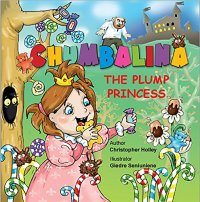“
A crime has been committed…
Is there an obvious suspect?
Most times there is no “”obvious”” suspect, and the more time that goes by, the more likely it is, that the perpetrated will get away.
What can you do?
Call in an Offender Profiling expert.
Using the latest scientific research, these experts use psychological profiling techniques to create patterns of behavior using clues from the crime scene.
Offender Profiling takes all available information about a suspect and uses various disciplines from psychology, forensic psychology, geographical profiling and more to discover the whereabouts, next potential victims, etc..
Psychological Offender Profiling – Conversations with a Serial Killer (Criminal Psychology Books), is fun story based book on the criminal mind, you’ll learn what offender profiling is and how it relates to the real world. This will give you an idea of what it takes to do this type of work on a daily basis and you’ll understand what do forensic psychologists do.
You’ll also discover the different types of criminal profiling and what situations each should be used for maximum effectiveness.
In the tail end of this book – you’ll be sitting in the room with a convicted serial killer, hearing him tell his side of the story and getting a look inside the mind of a murderer. You’ll read how one intelligent psychological profiling agent was able to lead this serial killer into confessing for murders that were unknown at the time. They were able to achieve this by understanding the mind and motivations of the suspect and playing on those emotions.
A fascinating insight, into the cause and effect, that environment has on your current situation.
At the core of criminal profiling is the belief that you can tell something about the culprit, their attributes, their location and more by a cautious and thoughtful about the examination of the offense.
Click the “”Buy Now”” button above to start reading now.
The Offender Profiling Process:
So after a crime has been committed, you use all the info that you can gather about the offense.
For example, you’re looking for these details about the crime: what happened, where it occurred and details either from or about the victim, witnesses, geographical location, what’s close by… And you use this to draw up a profile of the qualities of the individual who most likely committed the crime.
From the information you gathered, you may be able to determine an approximate of their details, so their age, their gender, their ethnicity.
…And depending upon your approach, this profile may consist of details on the possible motivation for the crime.
Why are they doing this type of behavior?
What must they be thinking?
Why this location?
Every tiny detail of a crime scene can be used for profiling criminals.
“












